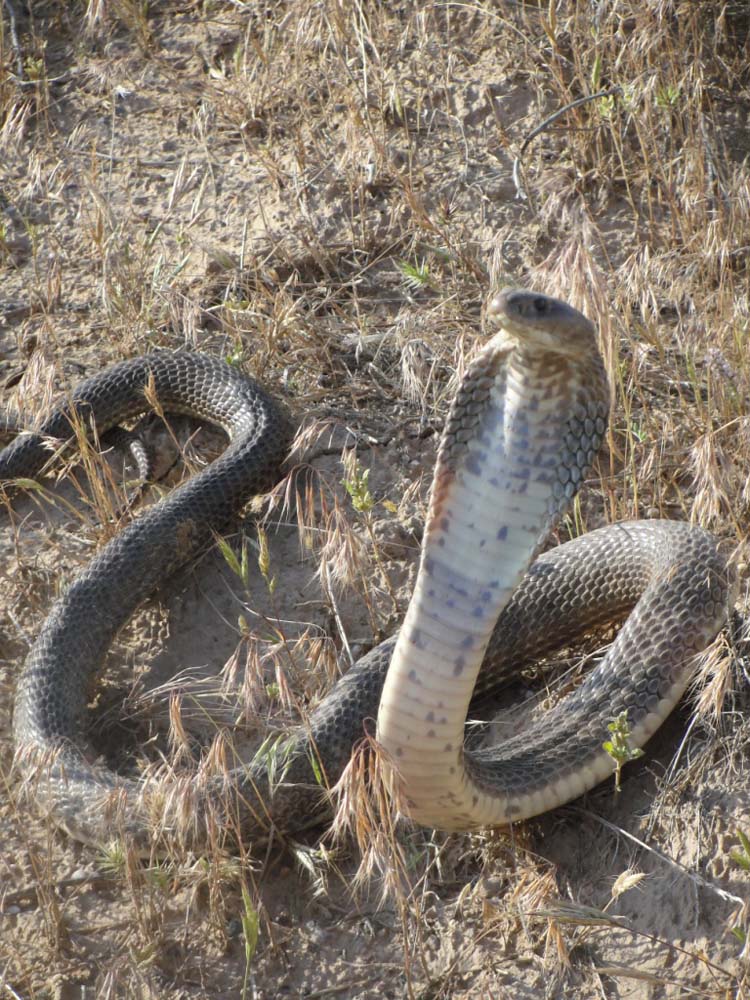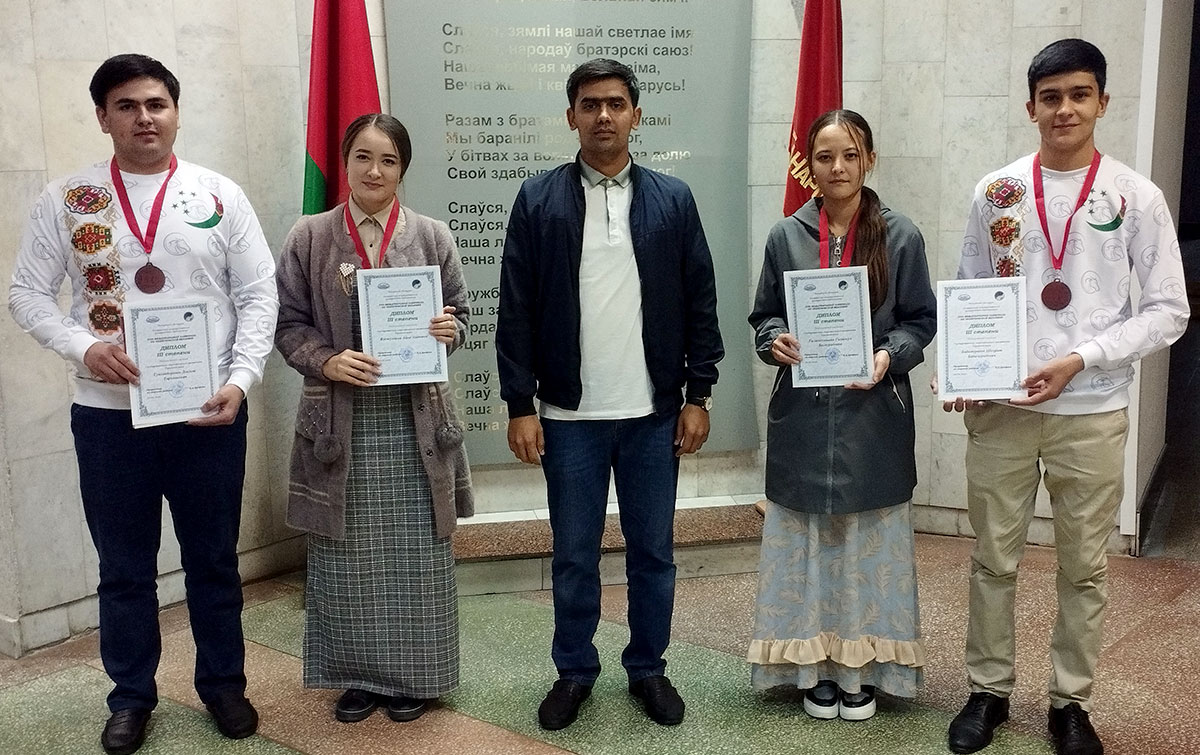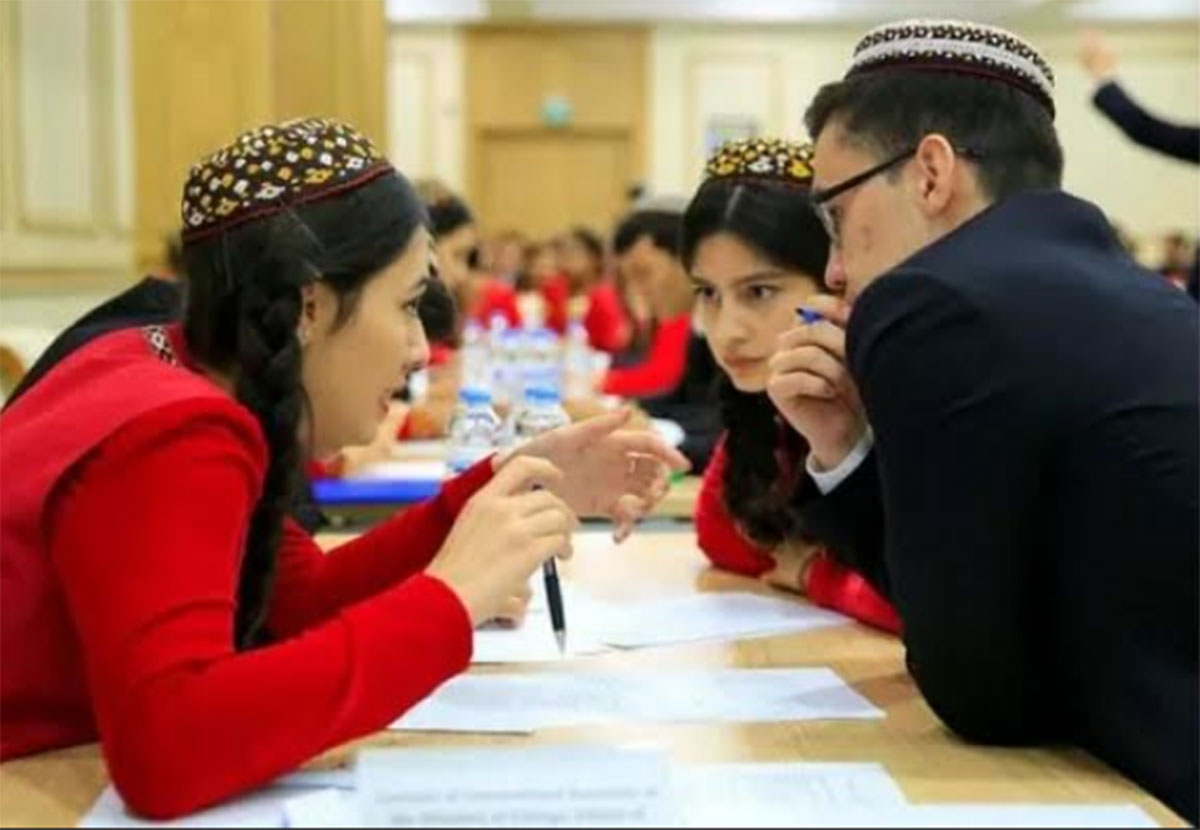Many fairy tales, legends and myths proclaim that snakes are symbols of wisdom and helpers in illnesses. In nature, snakes have great ecological value, serving as an important link in the food chain for wild animals and as a backup food source for some predatory birds and mammals.
On July 16, snake enthusiasts celebrate World Snake Day.
April in our country is a time of increased activity in fields, gardens, vineyards and vegetable gardens, as well as the awakening of dangerous invertebrates insects and venomous reptiles from hibernation. These days, herpetologists of the country conduct educational talks among tourists, shepherds, farmers and rural residents about the importance of being cautious while working in the garden and taking care of crops. Olesya Gokbatyrova, a senior scientist at the National Institute of Deserts, Flora and Fauna of the Ministry of Environmental Protection of Turkmenistan, explains the typical behavior, characteristics and appearance of snakes:
"There are 32 species of snakes in Turkmenistan, four of which are venomous: the Central Asian cobra, the gloydius halys, the saw-scaled viper, and the blunt-nosed viper. They belong to two families - elapidae and vipers.
CENTRAL ASIAN COBRA is a large snake (length - 190 cm). Young individuals have black cross stripes on their backs, which makes them resemble a non-venomous spotted desert racer. The reptile is found throughout the country, except for the extreme northwest. It appears on the surface at the end of March or early April and goes into hibernation no later than mid-October. There are few cases of cobra bites on humans, which can be attributed to its demonstrative behavior: in moments of danger, it raises the front part of its body, expands its neck (spreads its hood) and hisses loudly.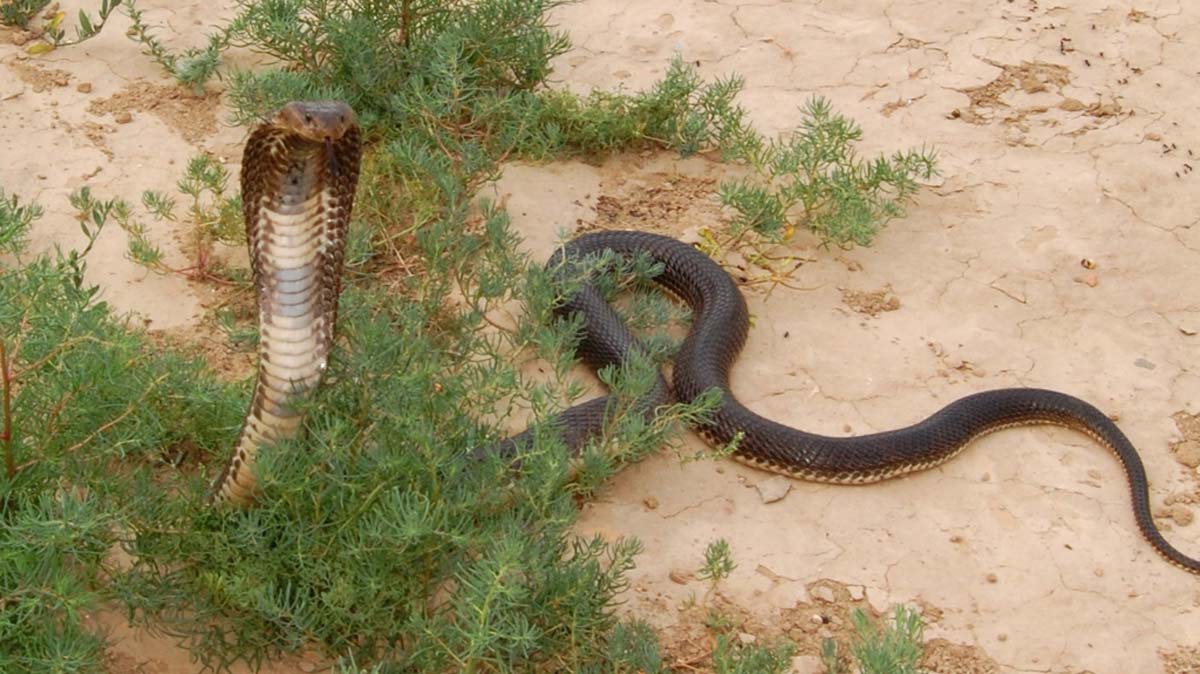
GLOYDIUS HALYS is small in size (length up to 70 cm, weight 80 g). Its overall coloration is gray or brown, and it is found in steppe-like and rocky highland areas. It is active from April to October. It is less venomous than the cobra, the blunt-nosed viper and the saw-scaled viper, but its bite is quite painful for humans.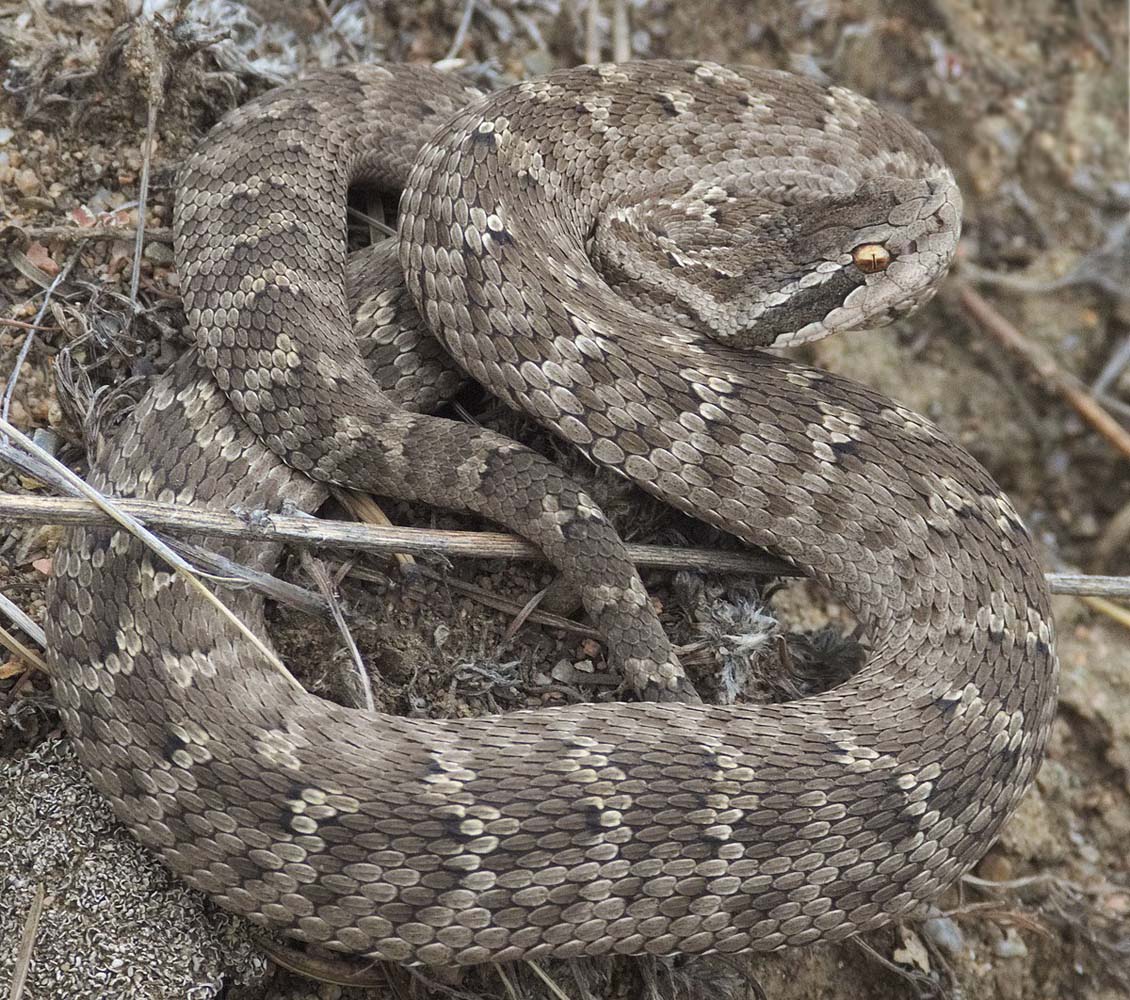
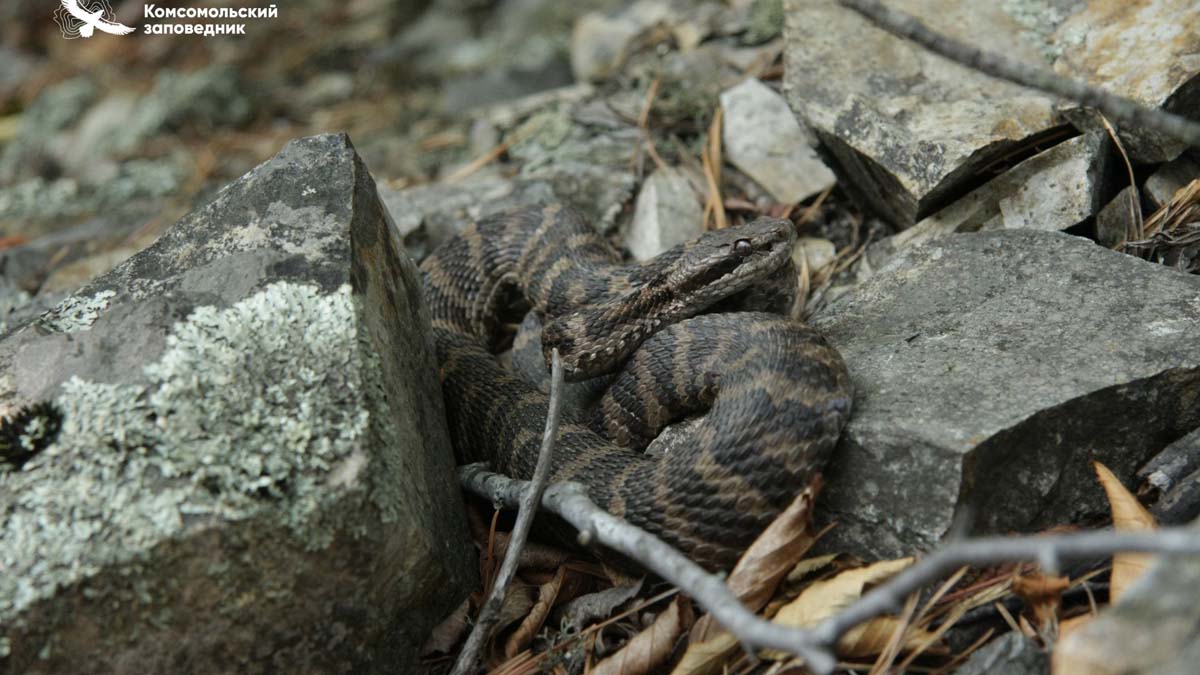
SAW-SCALED VIPER is of medium size (length of the largest specimens - 94 cm, weight - 400 g). Its body color is grayish-sandy, with two light zigzag stripes on the sides. The head is sharply separated from the neck, and there is a light cross-shaped pattern on it, resembling the silhouette of a flying bird. The saw-scaled viper is found throughout the plain territory, in river valleys and hilly foothills. The first encounters with the saw-scaled viper are recorded in January when the air temperature reaches +15°C. When disturbed, the snake assumes a characteristic defensive posture - it coils into two half-rings, holds its head in the middle, turning it towards the "enemy", and rubs one ring against another. By the contact of the serrated lateral scales, it makes a hissing sound. There are few cases of attacks.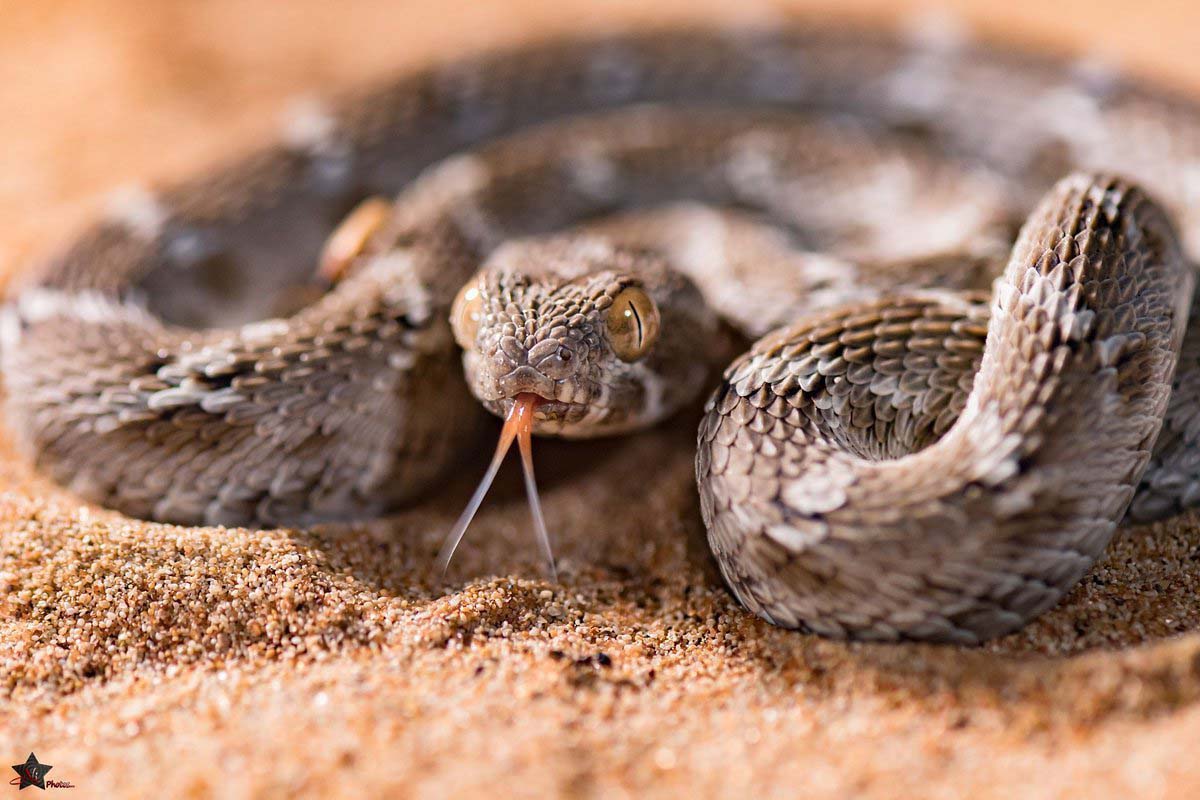
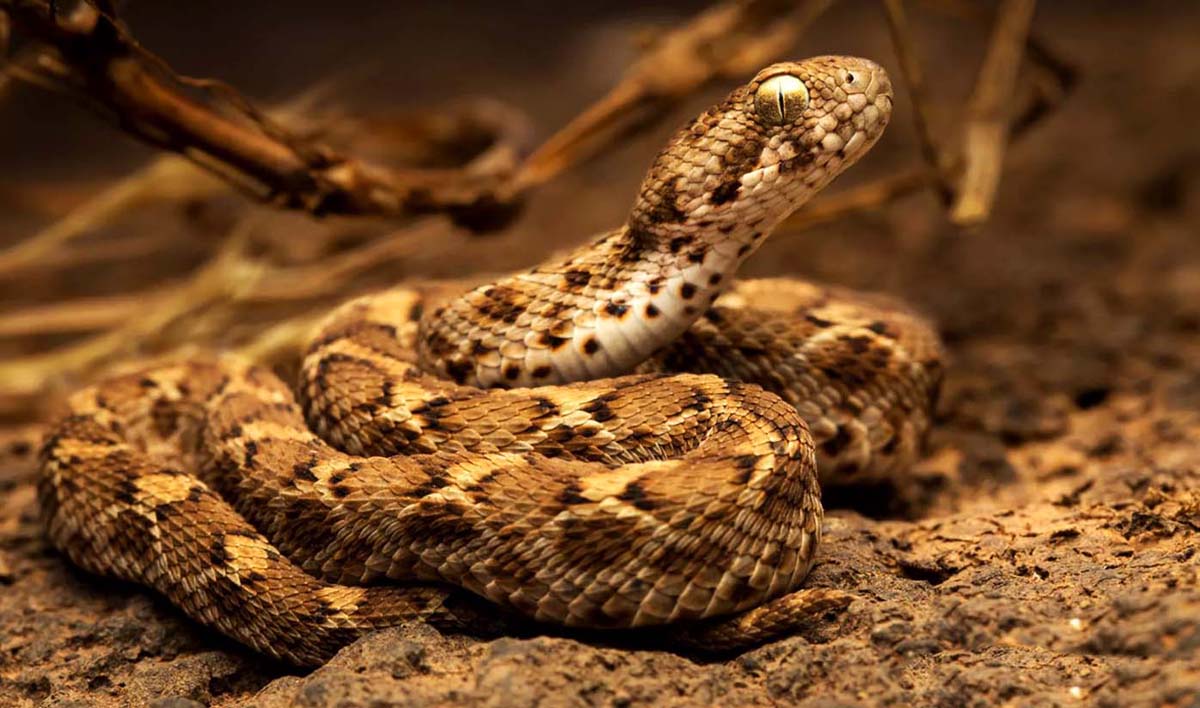
BLUNT-NOSED VIPER is the largest of the venomous snakes (length - 170 cm, weight - 2.7 kg). Its back is grayish-sandy or reddish-brown in color and is found in Kopetdag, Koytendag, in the valleys of the Tejen, Murghab and Amu Darya rivers. In Kopetdag and Koytendag, it inhabits high mountain steppes, as well as rocky gorges covered with herbaceous and woody-shrub vegetation and on gentle slopes. In Badkhyz, it is found on the slopes of hills and rocky areas, and in Garabil, it is found on fixed sands. In the valleys of rivers, it inhabits the cliffs, the surroundings of lakes, cotton and grain fields, gardens, vineyards and ruins. The snake can migrate over significant distances. It hibernates on mountain slopes and descends closer to water sources when it gets hot, and it willingly bathes in the summer. If provoked, the snake hisses threateningly and makes a sudden movement towards the source of irritation with its entire body. It is important to be cautious of bites when harvesting grass, treating fields, and gathering fruits and berries. If such a specimen crawls into your garden plot, it is advisable to arrange for the transportation of the "red-listed" blunt-nosed viper to another location, entrusting this task to a specialist.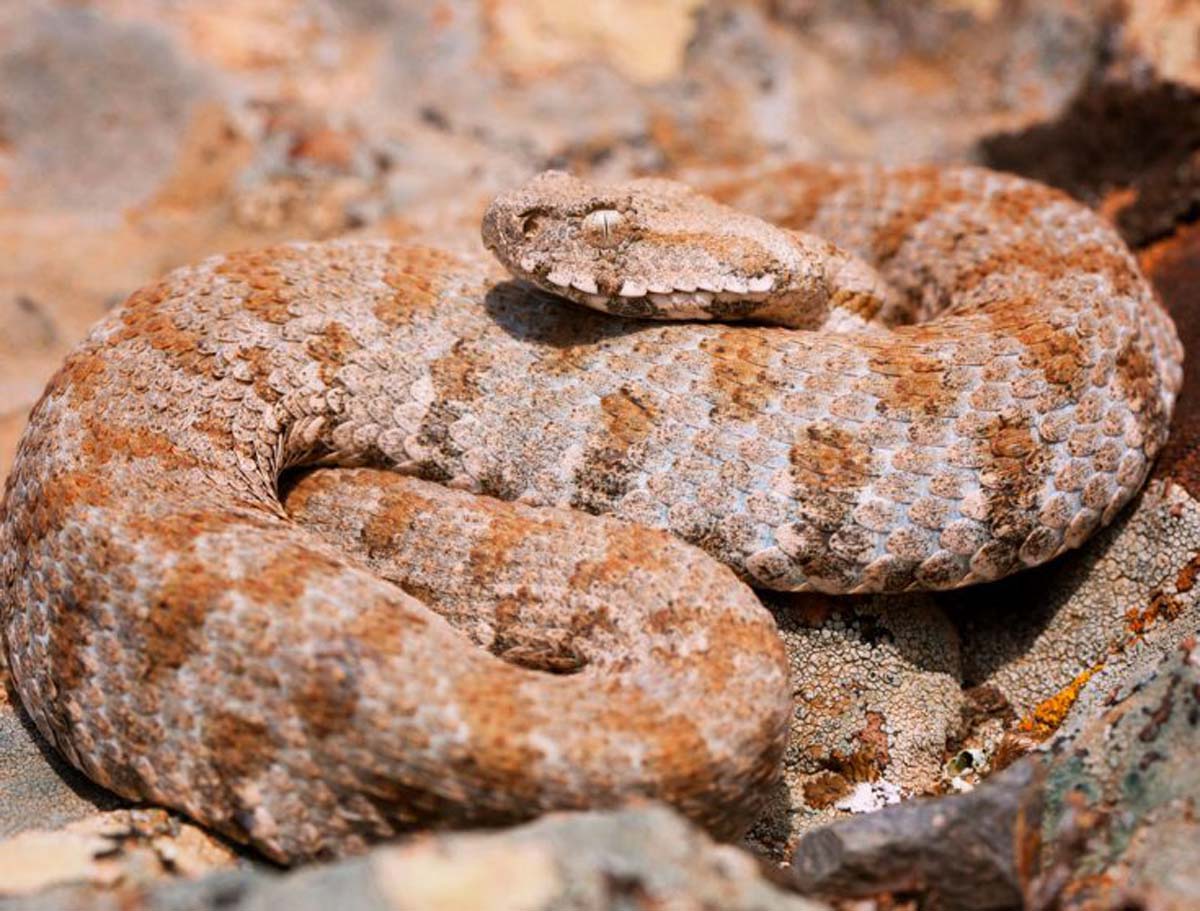
Venomous and non-venomous snakes do not differ significantly in appearance and behavior, and it is quite difficult to spot them in the thick spring grass. Only a herpetologist or an experienced snake catcher can identify the reptile accurately.
In cases of poisonous snakebite, it is important to provide proper first aid to the victim. First and foremost, the wound should be rinsed with a solution of potassium permanganate and water. The injured person should be in a lying, calm position. The bitten limb should be kept still to slow down the circulation of blood in the body. The bitten limb should be immobilized, similar to fractures, by fixing the two closest joints to the bite. It is beneficial to drink water and green tea to help eliminate some of the venom naturally. It is necessary to call for emergency assistance immediately or try to transport the victim to the hospital, as the victim requires anti-snake venom serum (monovalent or polyvalent).
It would be wise to thoroughly inspect the workplace or recreational area beforehand, which can be done with a stick or visually. Cut the grass in front of your rural house. When traveling, it is necessary to have high boots and trousers that do not fit tightly around the legs. If wearing boots, tuck the trousers into them. Thick woolen socks also protect against snake bites. When camping in nature, it is better to stay on an elevation with sparse and low vegetation, away from various burrows and cliffs. Do not leave the tent open from the bottom; it is better to check for any unwelcome guests before getting into a sleeping bag or backpack.




